AI in Tuvalu
A generated photoreportage to save some carbon dioxide
In February 2023, when AI-generated images first made headlines and caused headaches for many photographers, I created a photo reportage using this new technology.
But it wasn't just a random photojournalistic story. Since traveling for photographs contributes to carbon emissions, I chose to focus on a story that would be directly impacted by this fact. Instead of merely contributing to rising sea levels, I wanted to rise the question whether generating images for reportages could offer any real advantages.
A few months earlier, I had heard about a Polynesian state that is expected to sink first due to rising sea levels. Their Minister of Justice, Communications, and Foreign Affairs, Simon Kofe, announced that they would be the first nation to move into the metaverse to digitally preserve their land and culture. Since there will eventually be an online version of this state, I wondered if journalists might also report from this digital realm. Of course, today one could still fly there and report on the rising sea levels and the state's move into the metaverse—digitizing their landscape, traditions, and everything that future generations might never see.
So, what pictures would I take? What might be happening there now, and what traces of the future can already be seen today?
One and a half years later, in August 2024, I repeated that AI-generated photo reportage. I used the same prompts but switched from DALL-E 2 to Midjourney. While DALL-E 2 initially created the buzz, Midjourney is now considered the best tool for generating images.
I was amazed by some of the developments. But see for yourself!
Starting with the current Midjourney photoreportage:
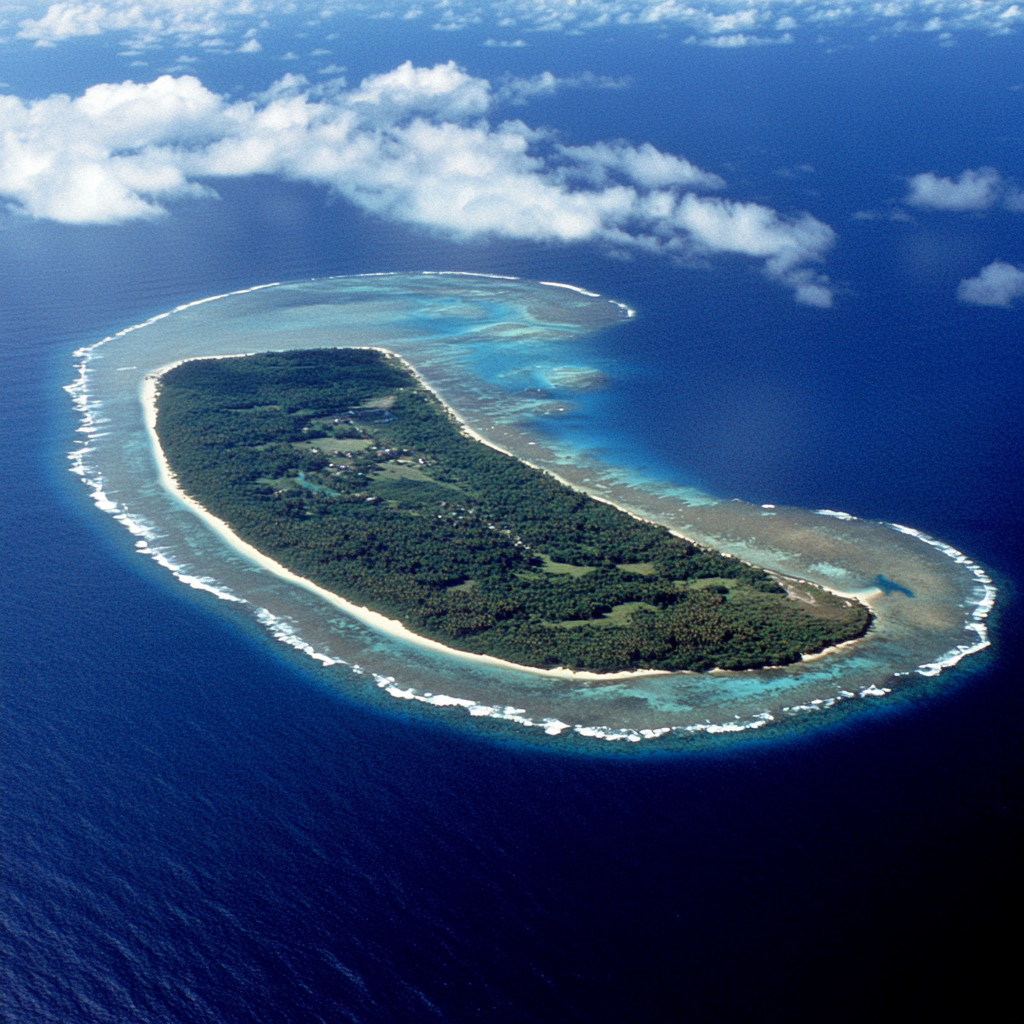
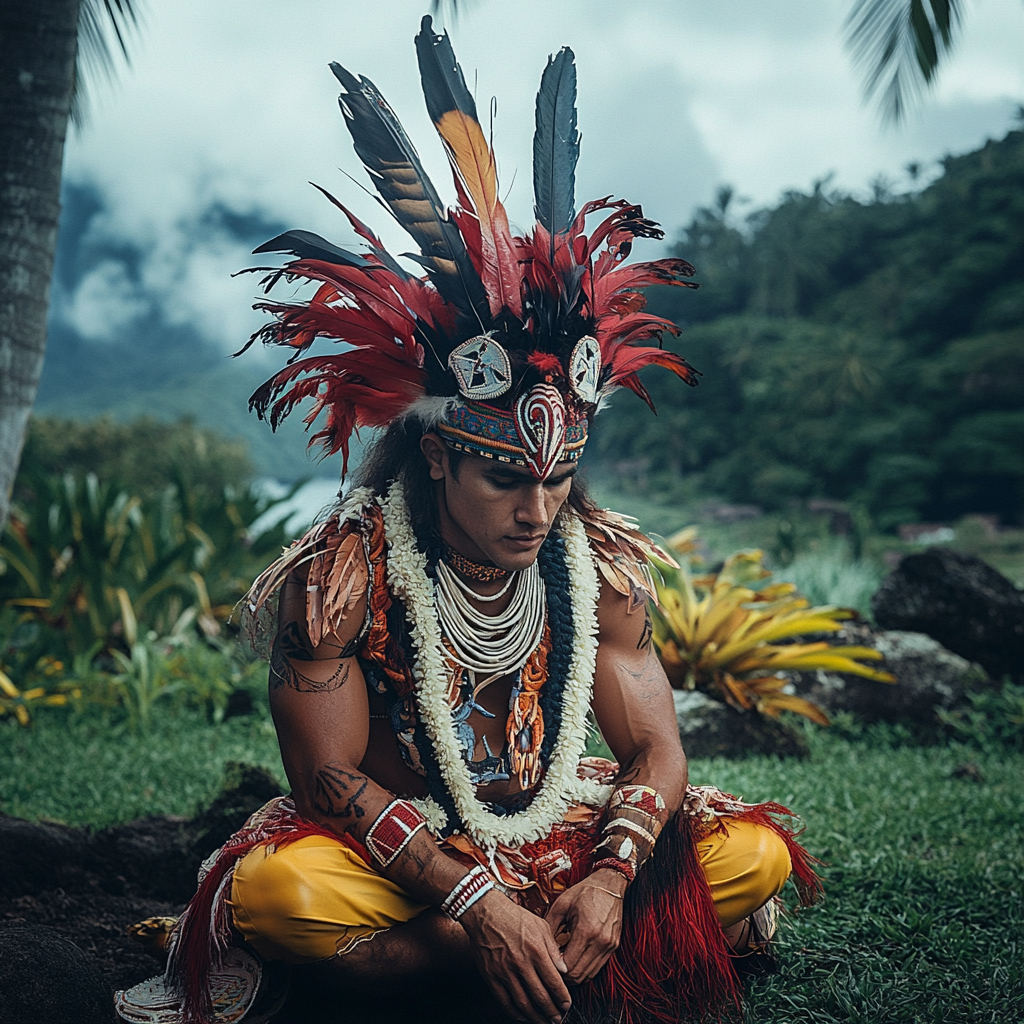
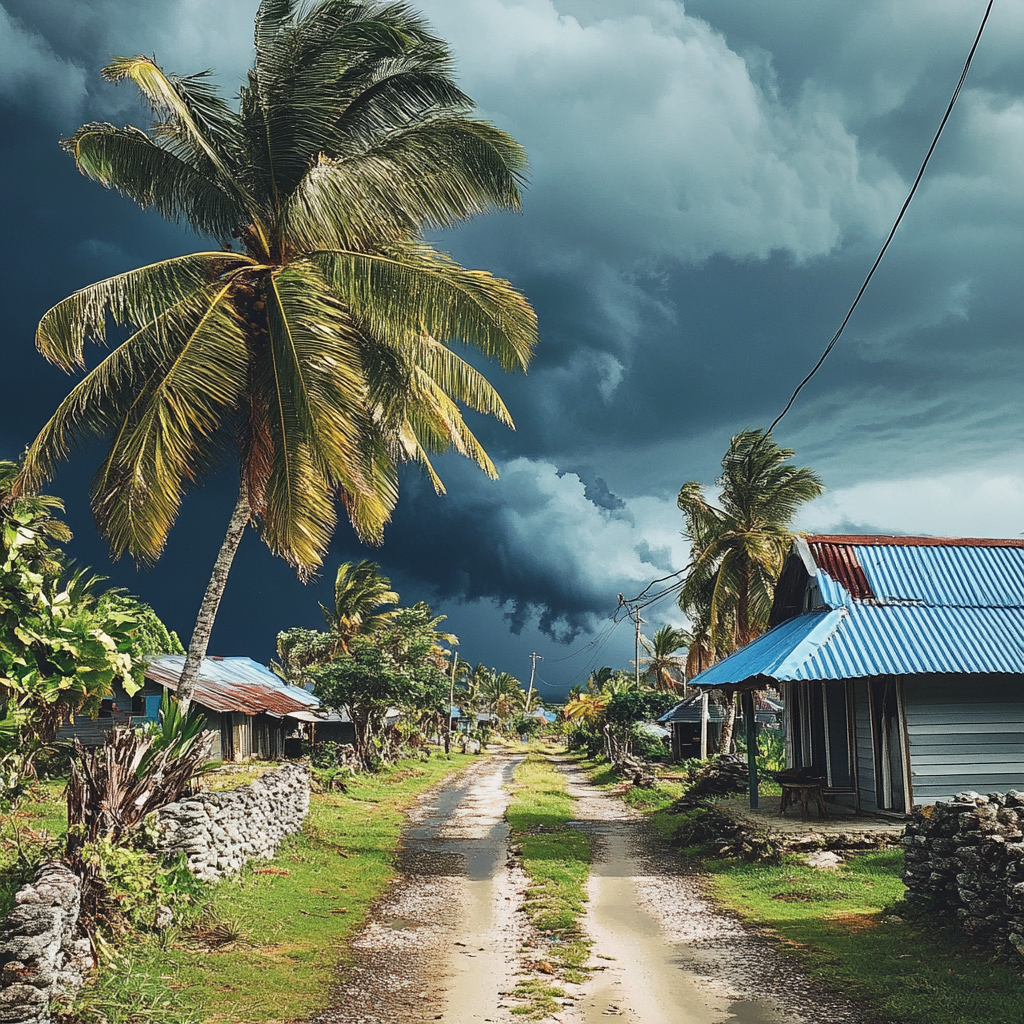
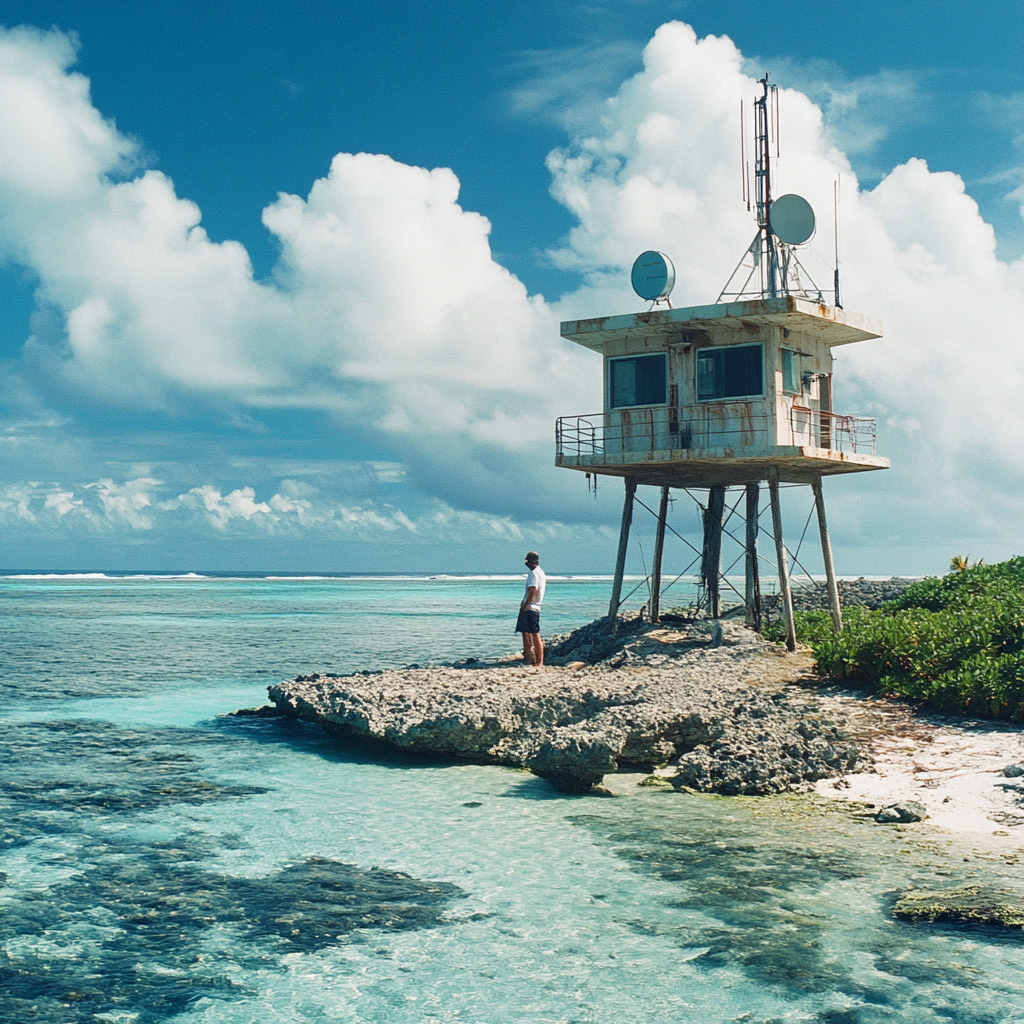
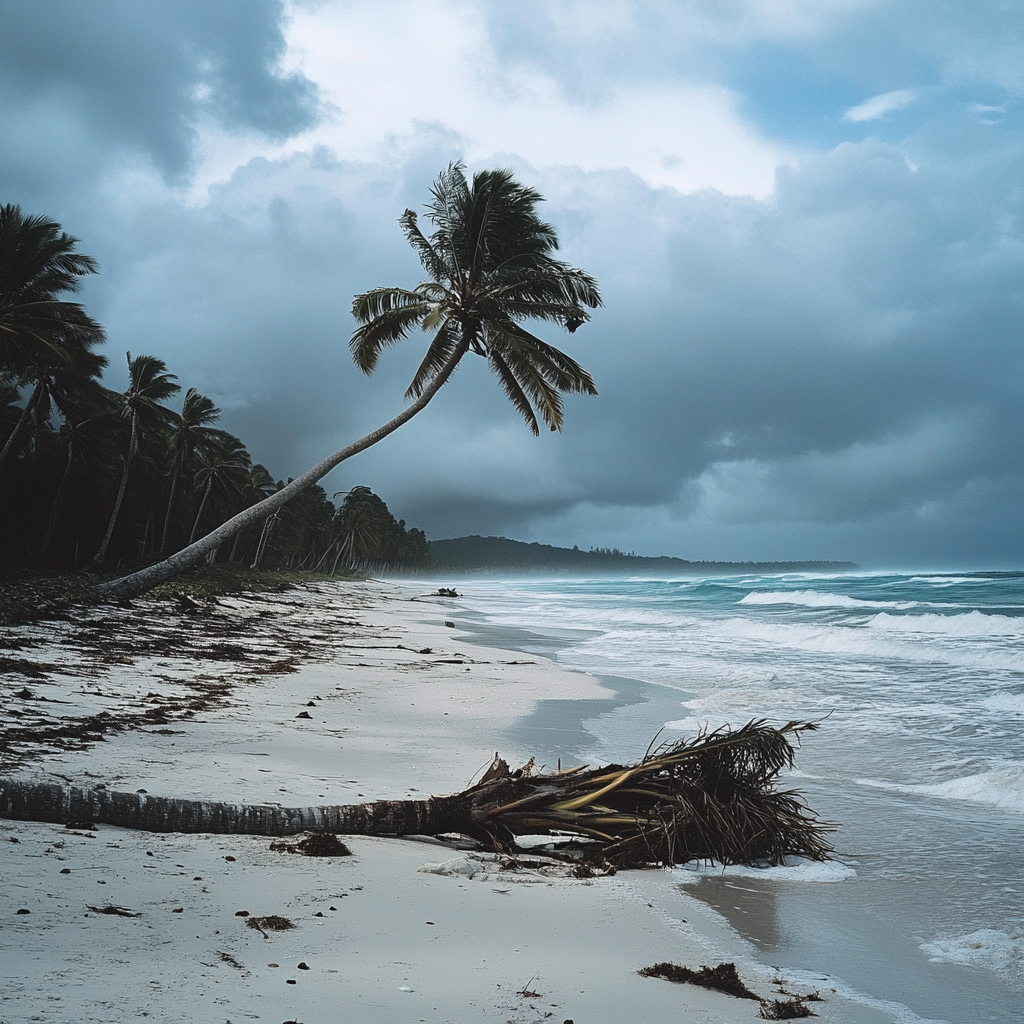
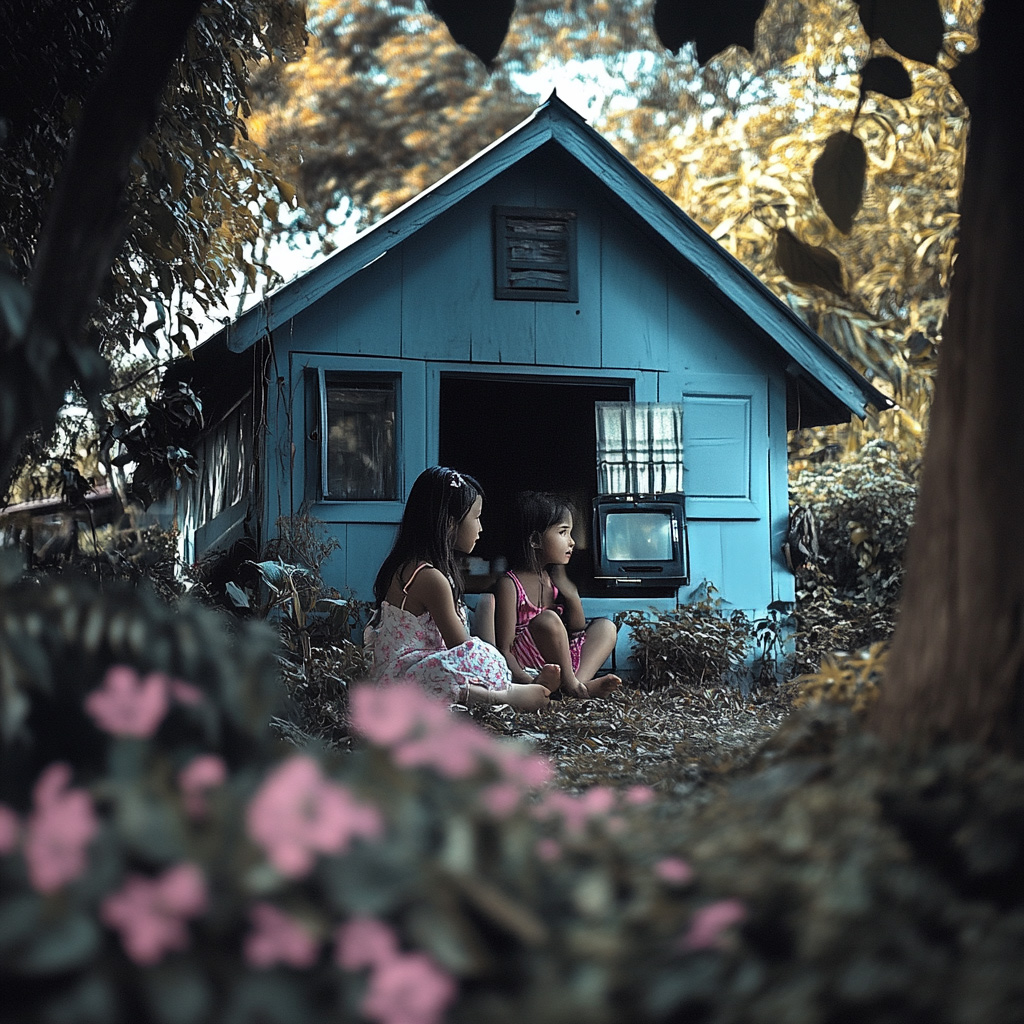
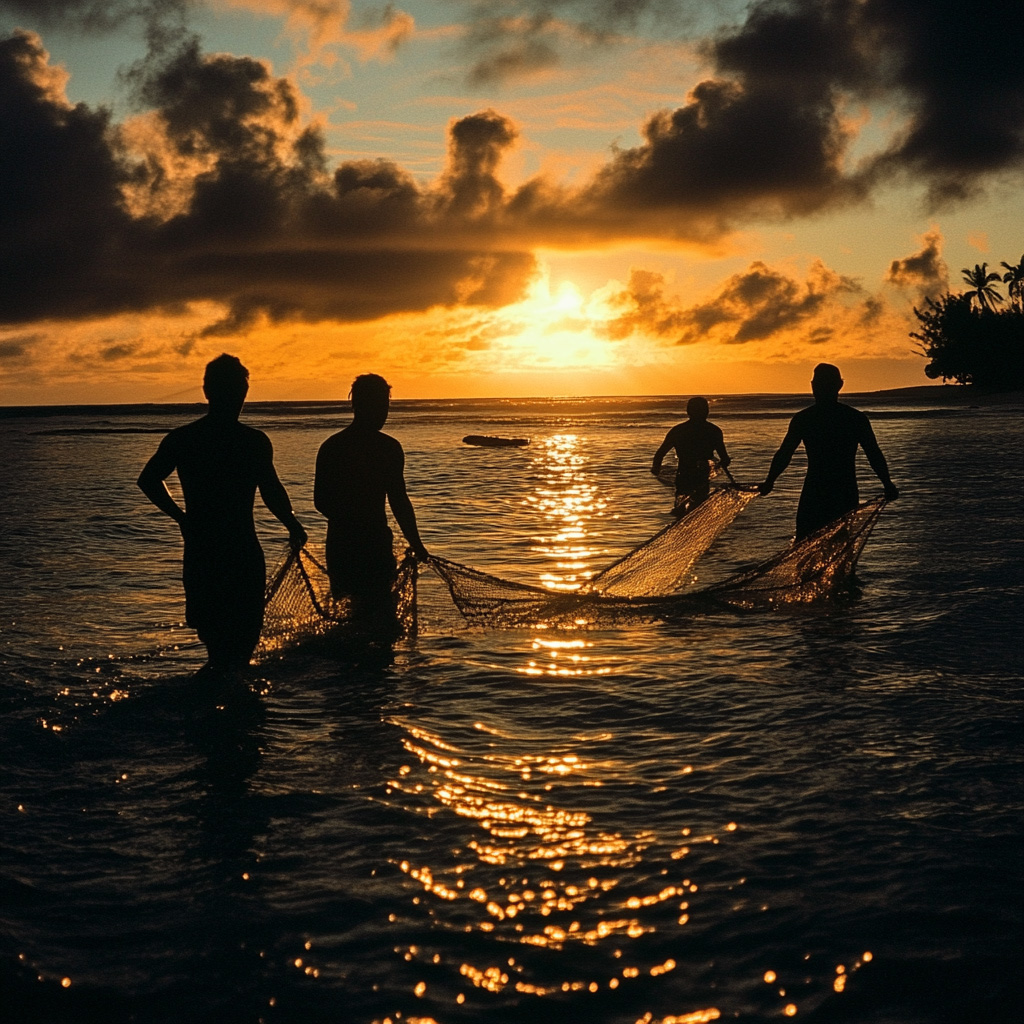
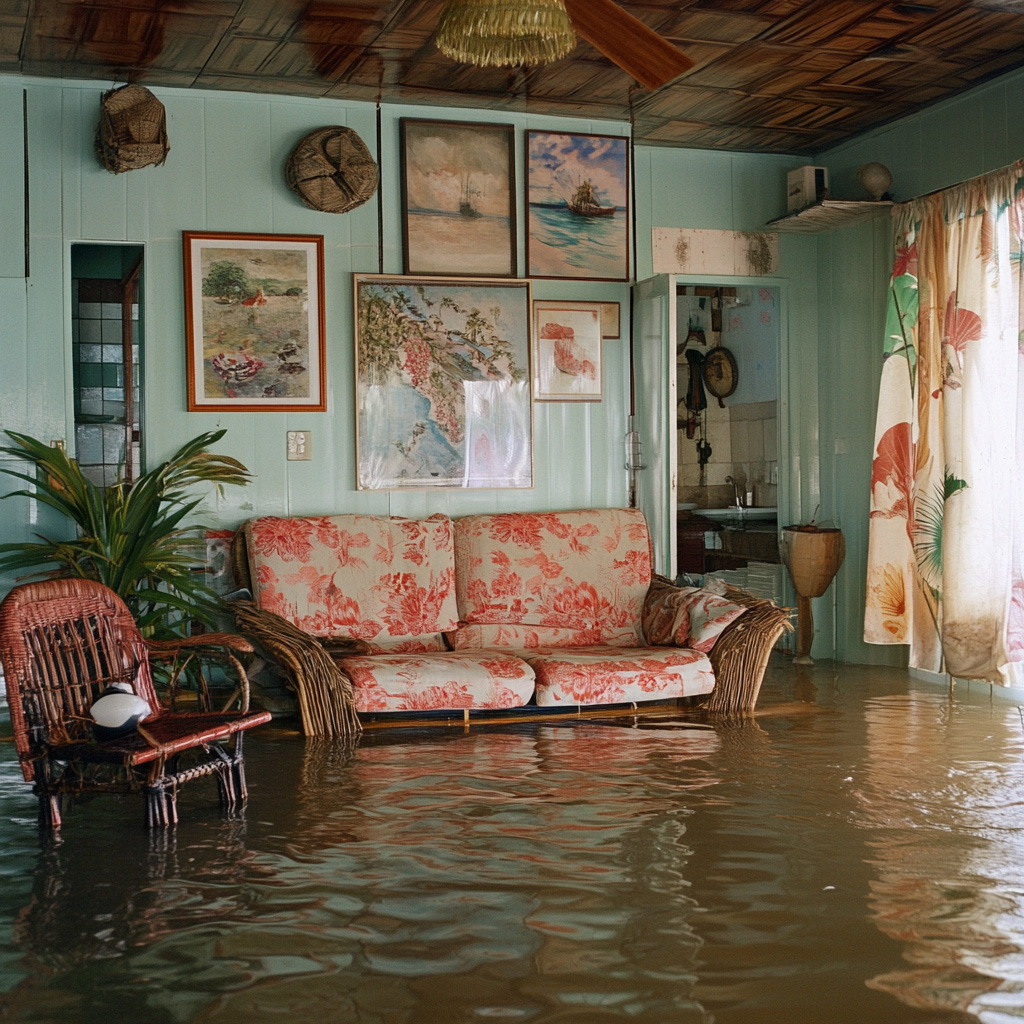
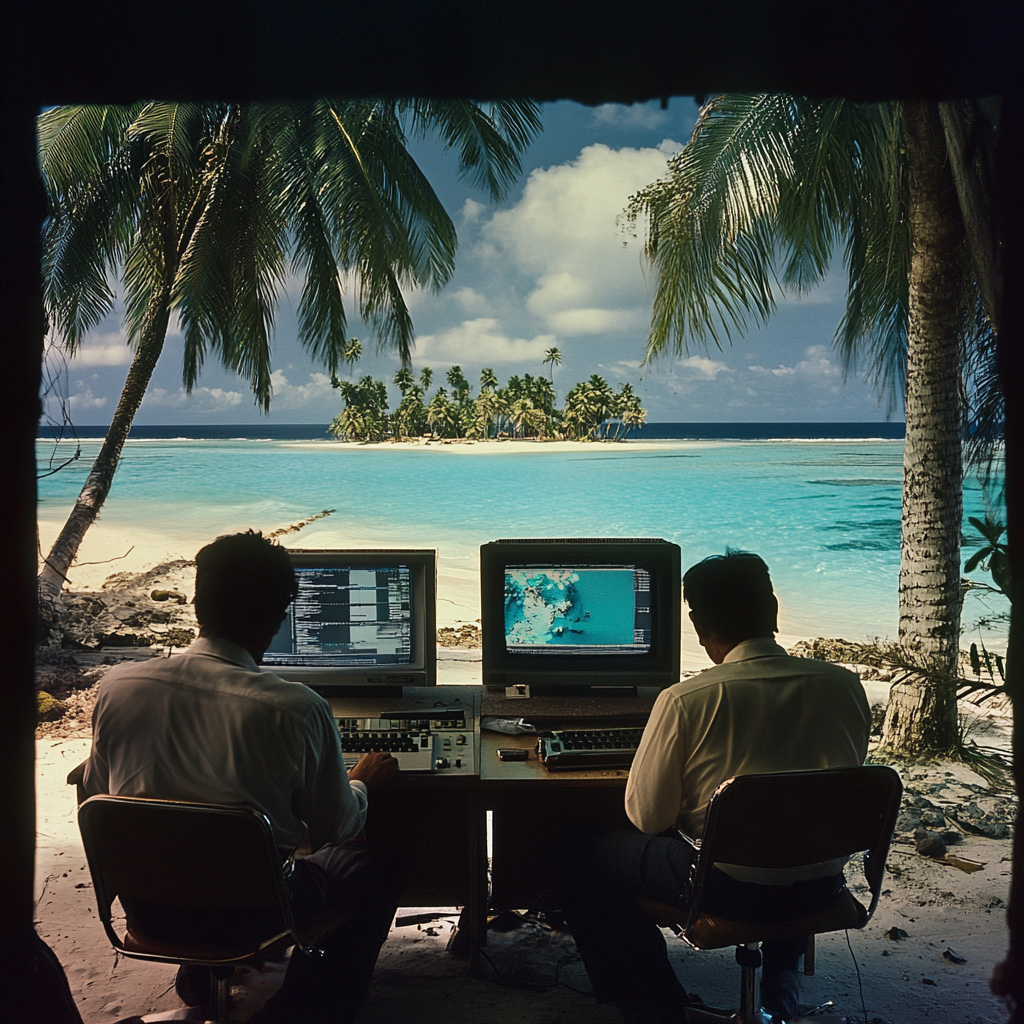
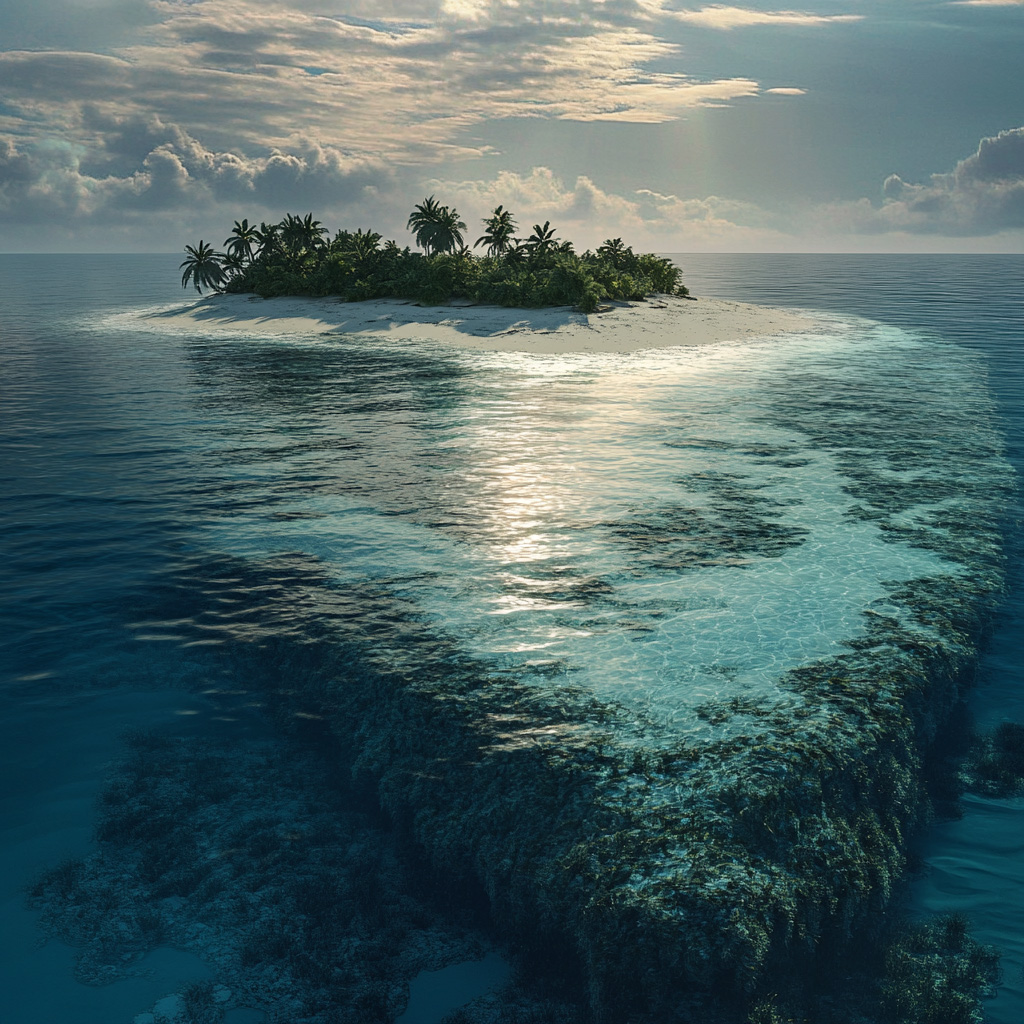
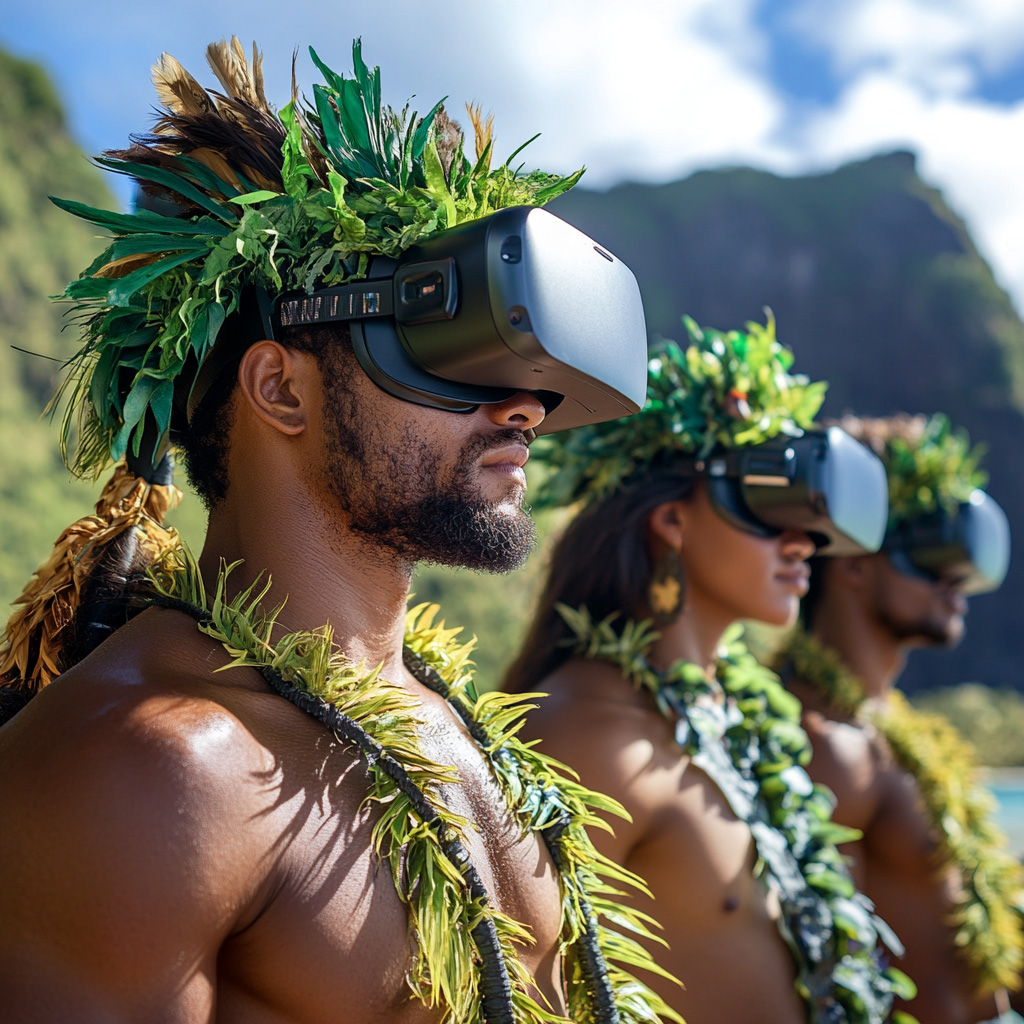
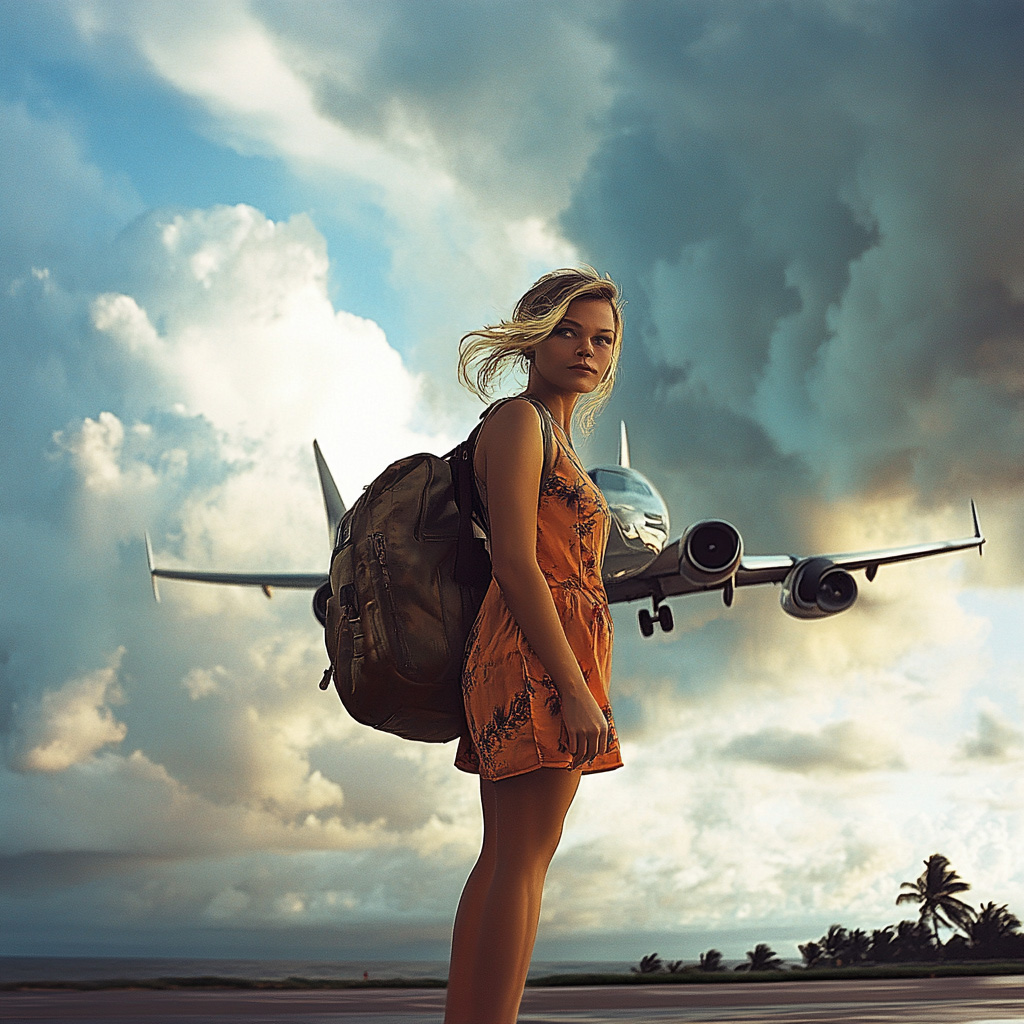
This is the Dall-E 2-version from February 2023:
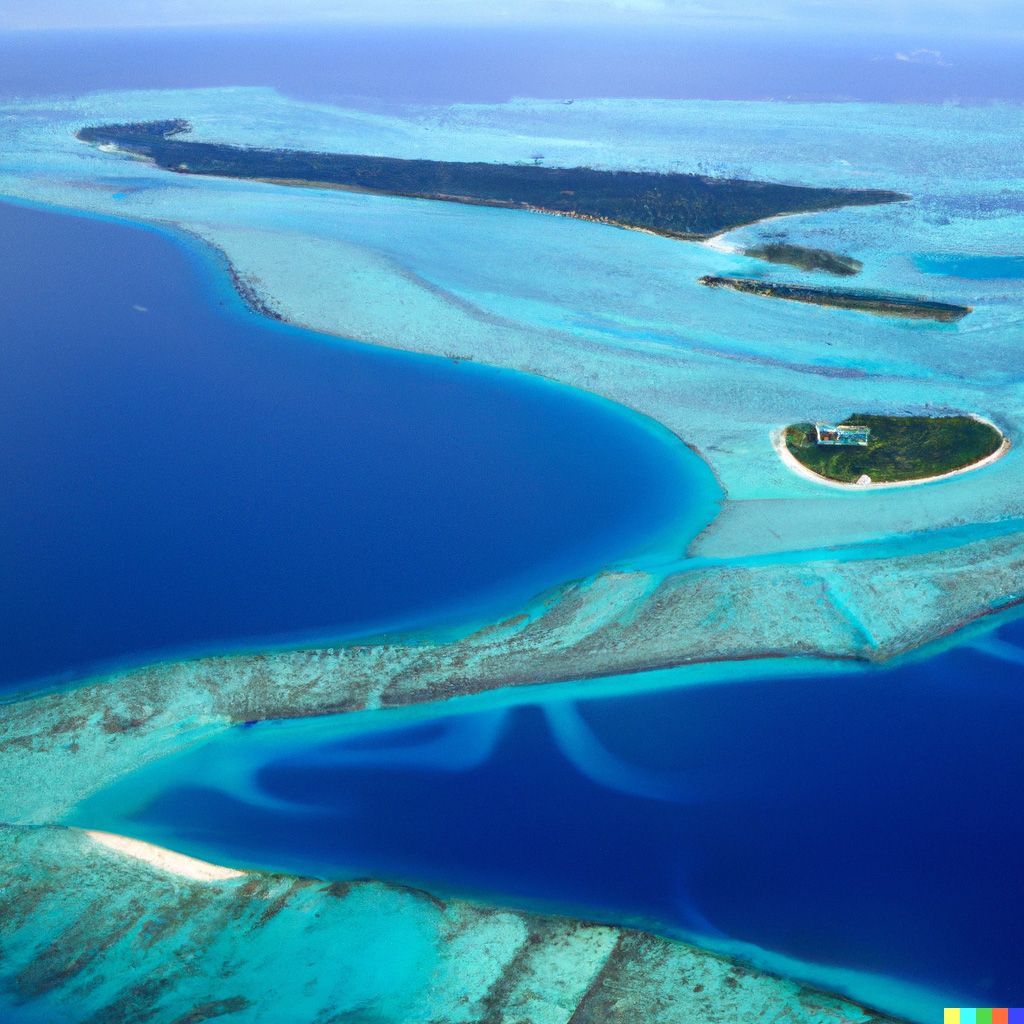
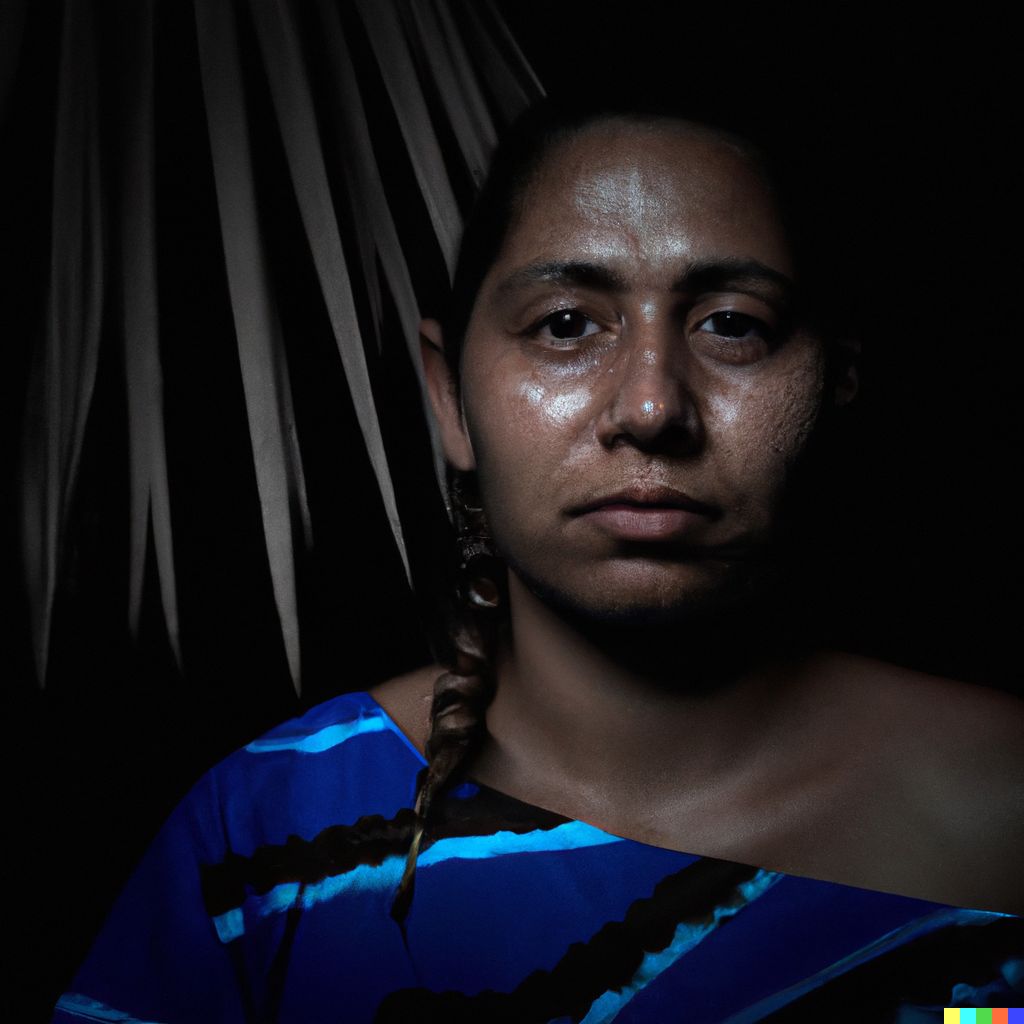
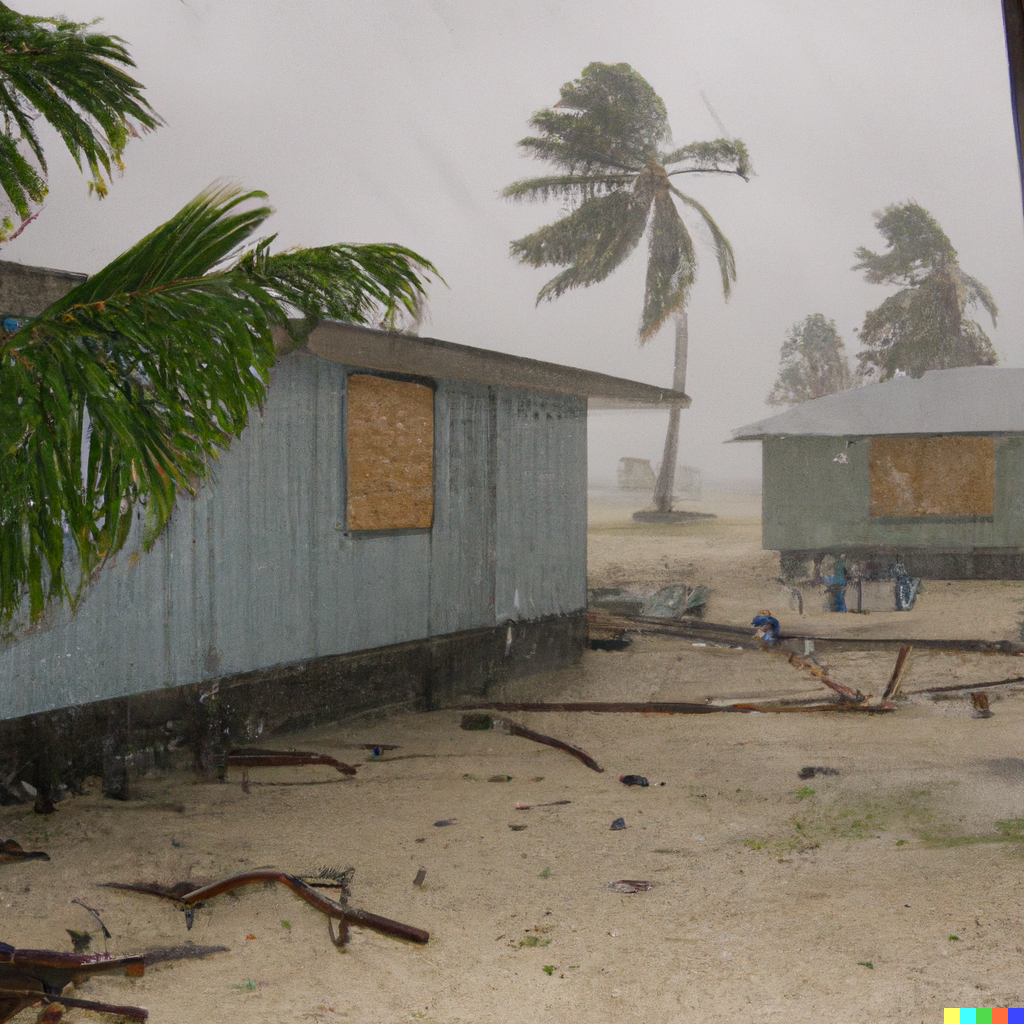
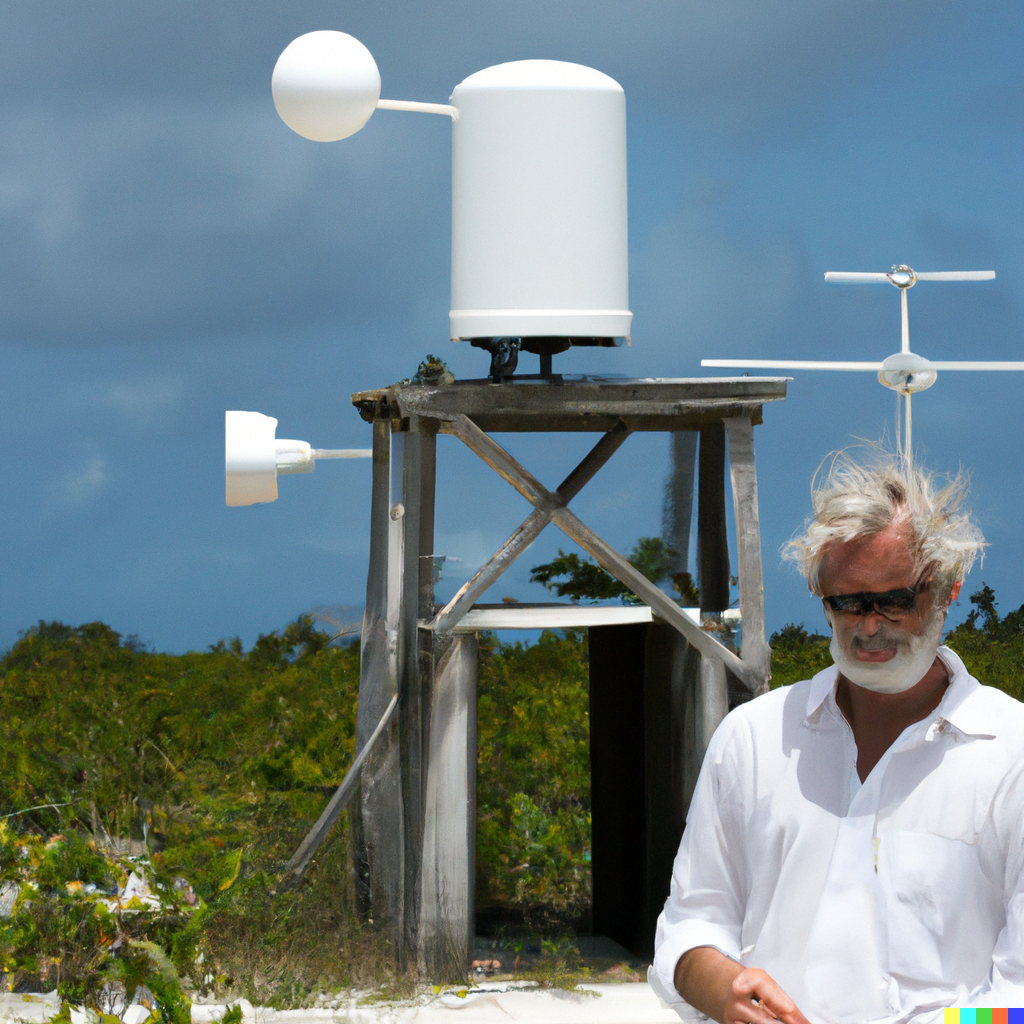
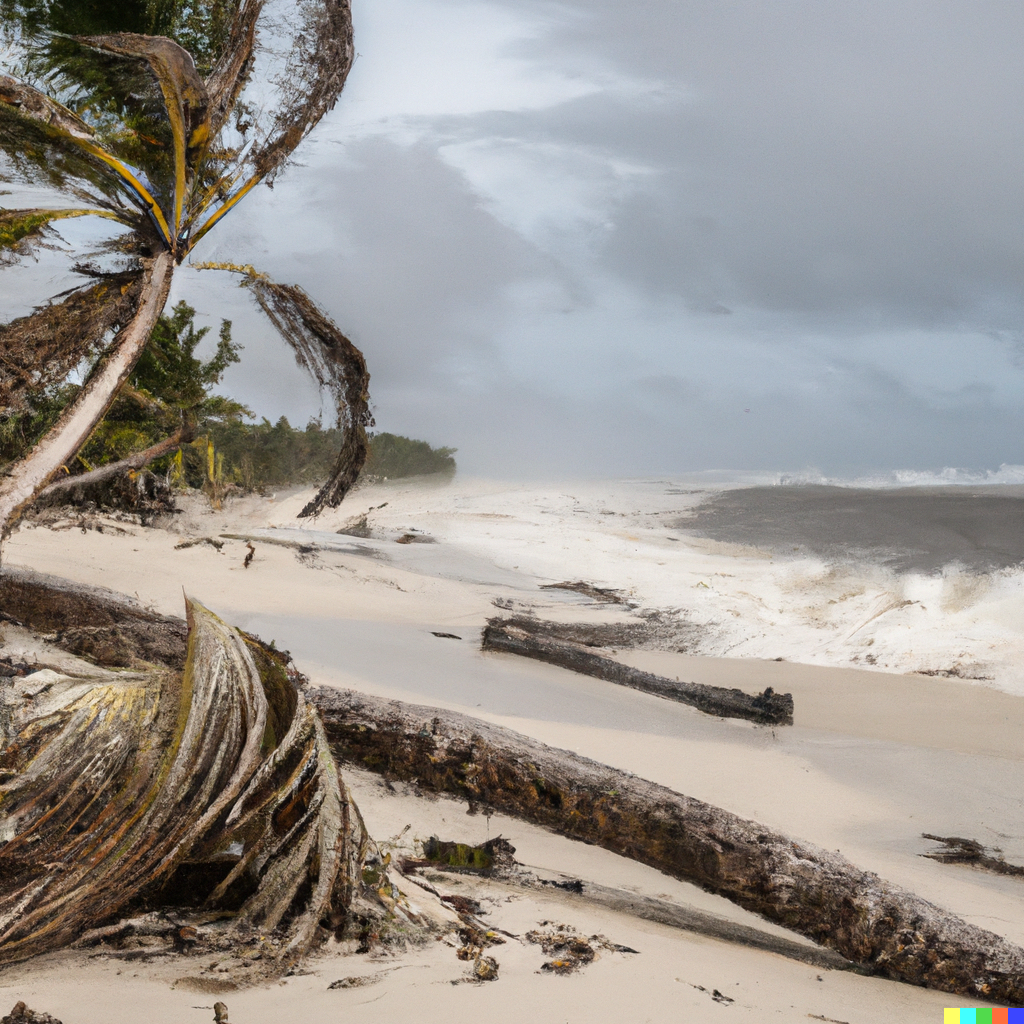
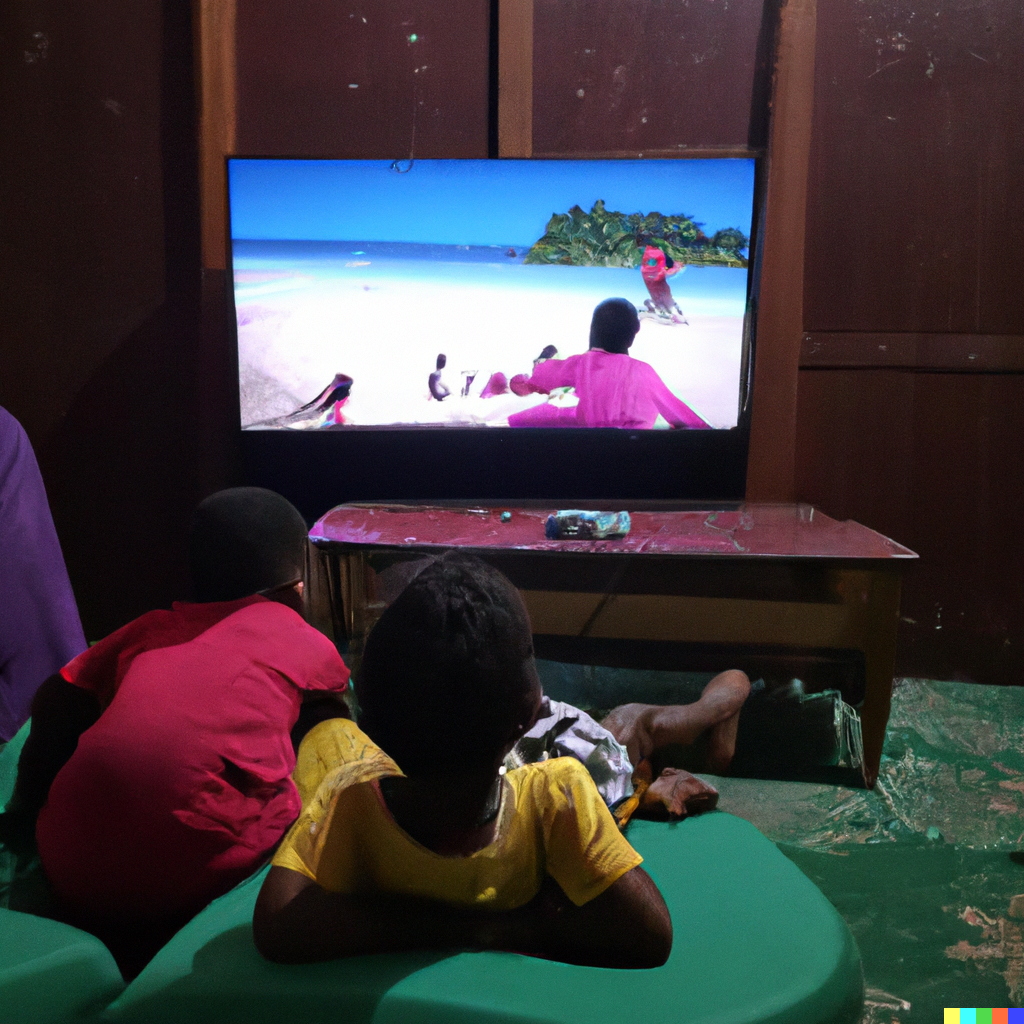
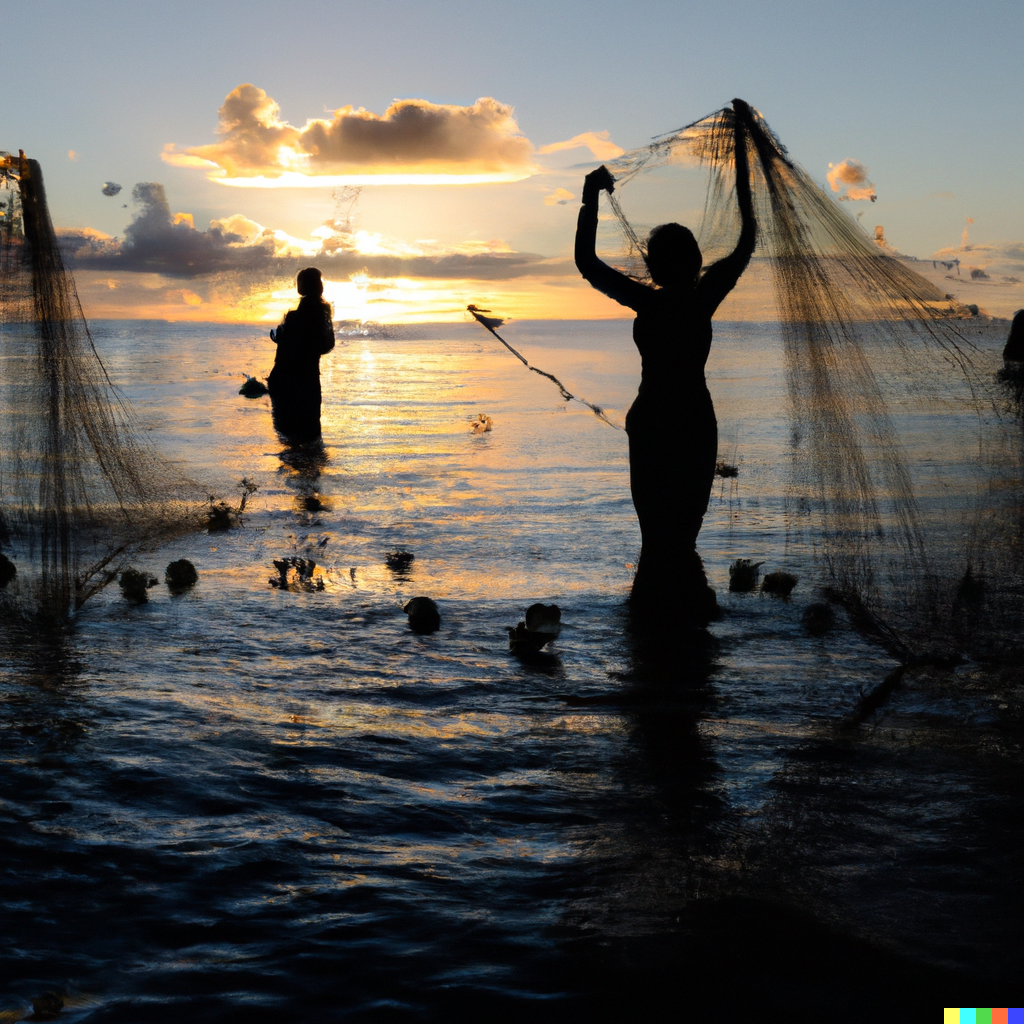
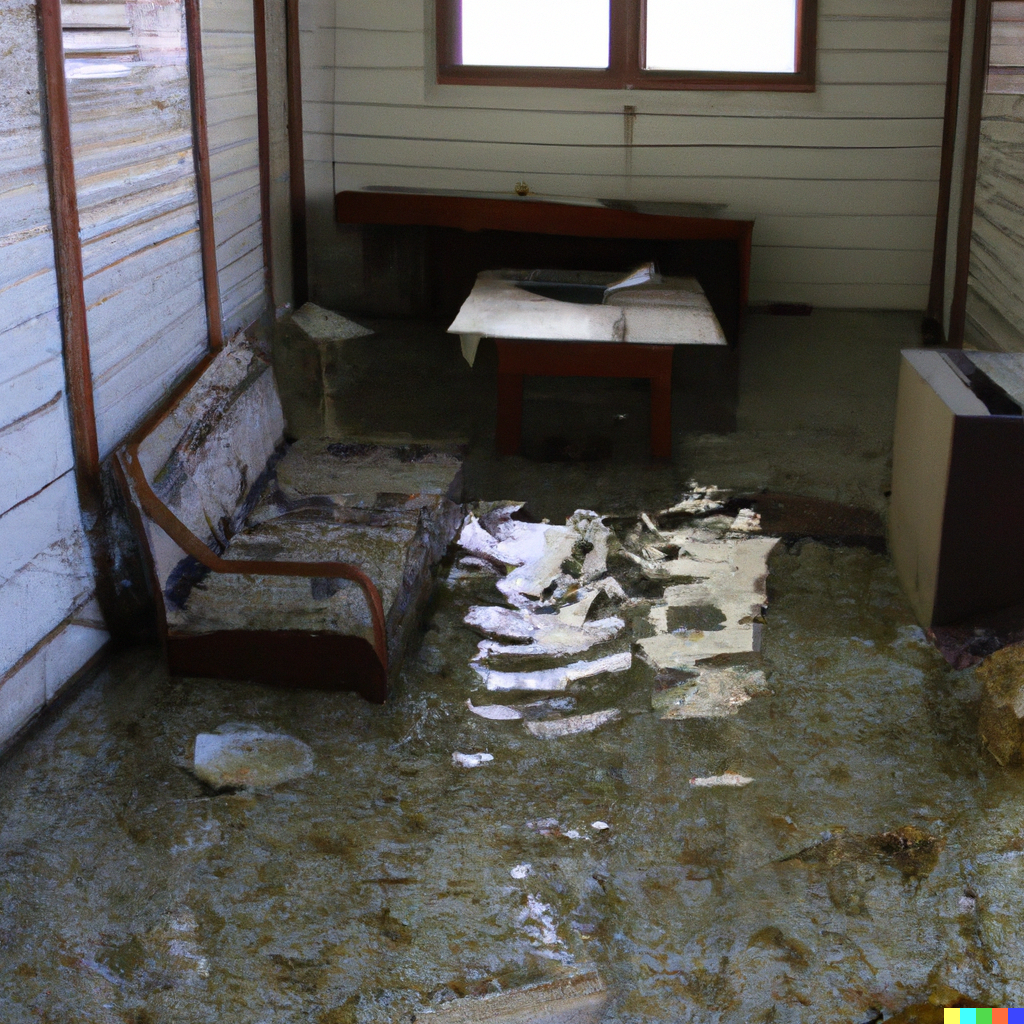
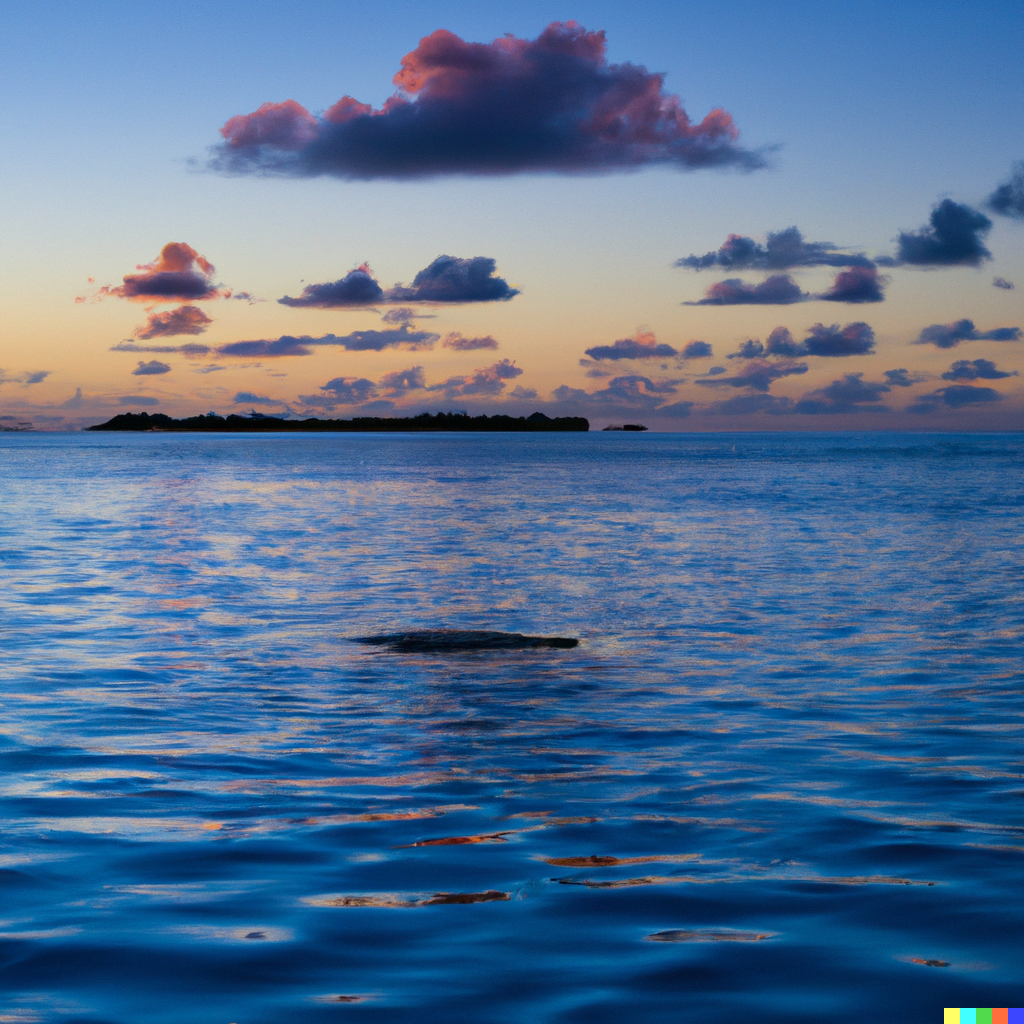
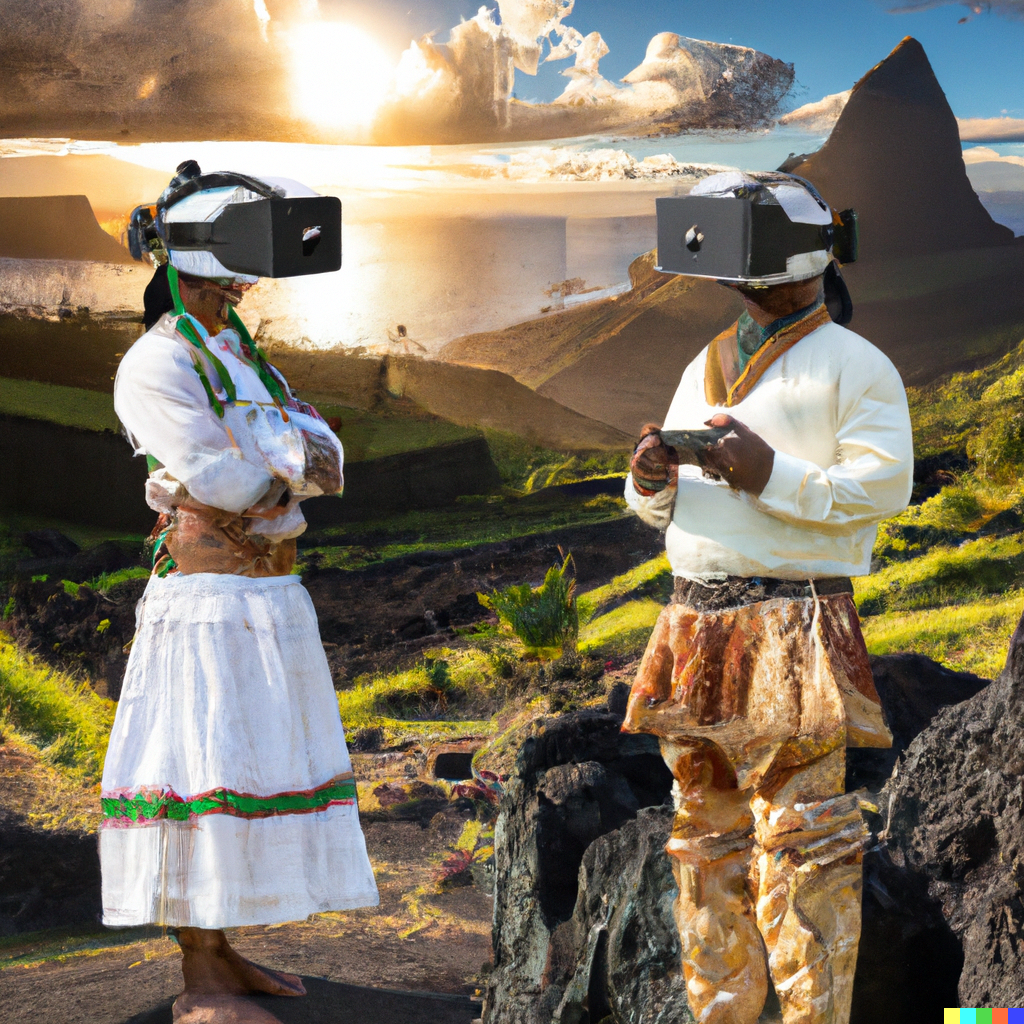
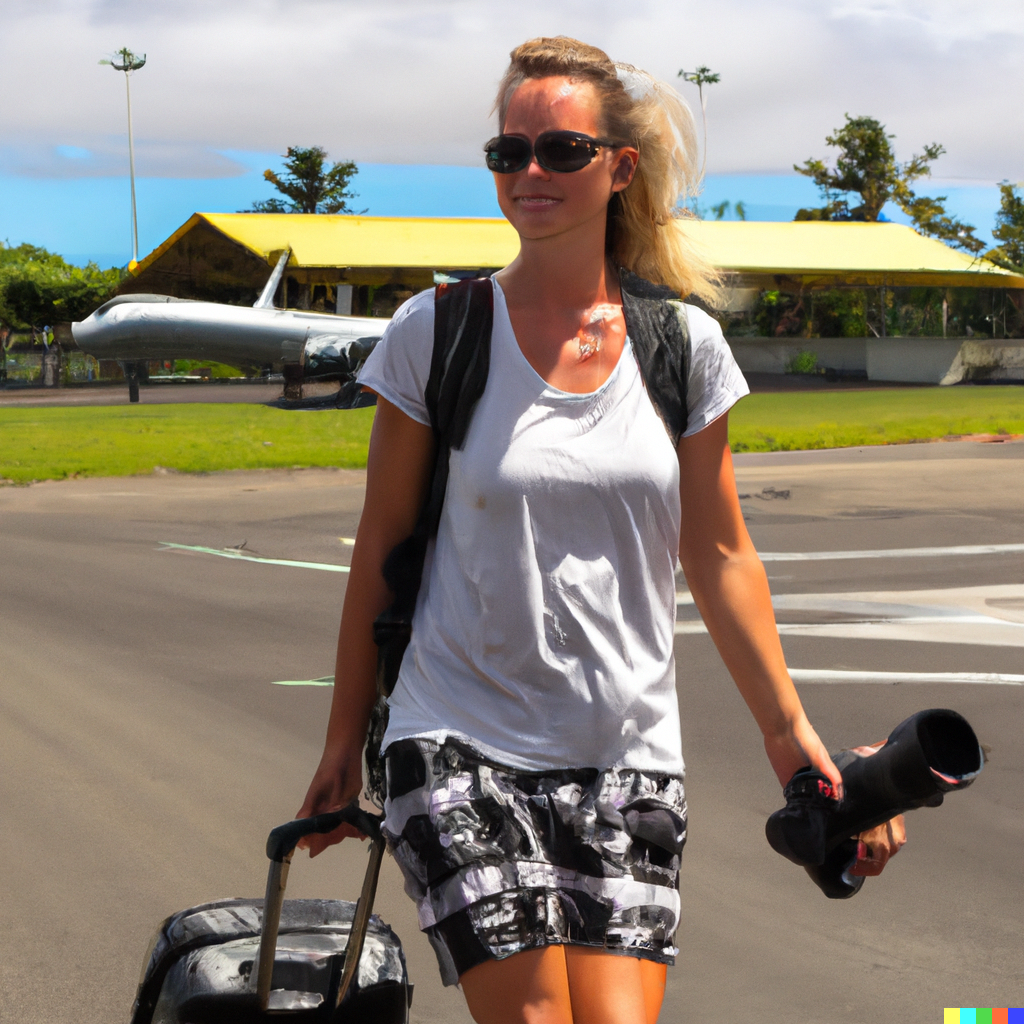
And this were the prompts I used with Dall-E 2 and Midjourney alike:

An Aerial picture of an island atoll in Polynesia

photograph from Polynesia in the style of Steve Mccurry

A tropical storm on Tuvalu

A long white Polynesian beach after a storm surge with a broken palm tree in the foreground

A weather station on an island atoll with a scientist

Kids in Tuvaluan livingroom watching Tv (Addition: change this image to a color photograph)

Polynesian fishermen catching fish with empty nets in Tuvalu with silhouette in the foreground

Interior of a flooded livingroom in Tuvalu

Employees from Tuvalu digitizing their country as a journalistic photograph
(not included in the first edit with Dal-E2)

An atoll sinking because of rising sealevel in beautiful light

Traditionally dressed Polynesians with VR glasses with landscape in the background

Nina Weymann with a camerabag at the airport of a Polynesian island (addition: add a simple airplane in the background)
And this is a bonus picture which has a funny mistake in it but truth as well... Thanks for watching.
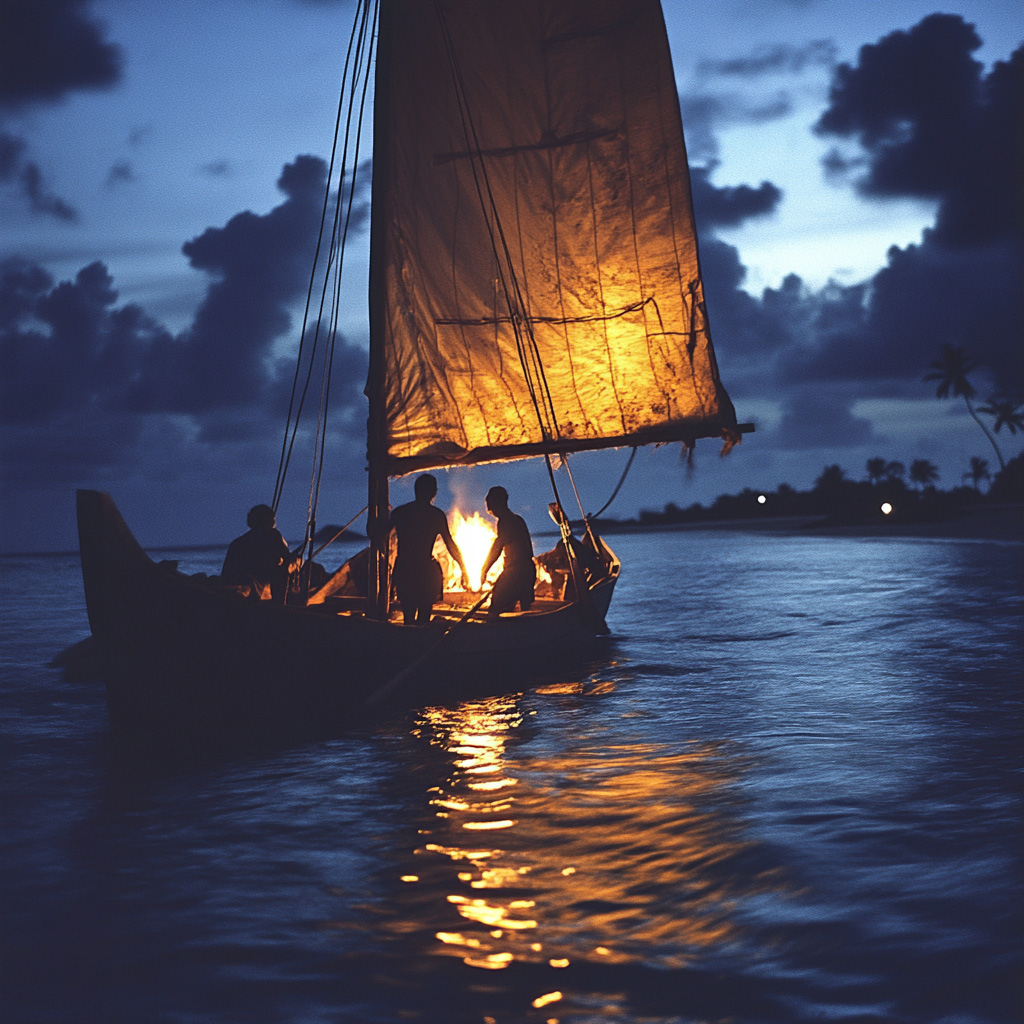
traditional craftsmen of Tuvalu on a wooden boat in the evening
The original video of Simon Kofe, Minister of Justice, Communications, and Foreign Affairs of Tuvalu:
AI in Tuvalu
A generated photoreportage to save some carbon dioxide
In February 2023, when AI-generated images first made headlines and caused headaches for many photographers, I created a photo reportage using this new technology.
But it wasn't just a random photojournalistic story. Since traveling for photographs contributes to carbon emissions, I chose to focus on a story that would be directly impacted by this fact. Instead of merely contributing to rising sea levels, I wanted to rise the question whether generating images for reportages could offer any real advantages.
A few months earlier, I had heard about a Polynesian state that is expected to sink first due to rising sea levels. Their Minister of Justice, Communications, and Foreign Affairs, Simon Kofe, announced that they would be the first nation to move into the metaverse to digitally preserve their land and culture. Since there will eventually be an online version of this state, I wondered if journalists might also report from this digital realm. Of course, today one could still fly there and report on the rising sea levels and the state's move into the metaverse—digitizing their landscape, traditions, and everything that future generations might never see.
So, what pictures would I take? What might be happening there now, and what traces of the future can already be seen today?
One and a half years later, in August 2024, I repeated that AI-generated photo reportage. I used the same prompts but switched from DALL-E 2 to Midjourney. While DALL-E 2 initially created the buzz, Midjourney is now considered the best tool for generating images.
I was amazed by some of the developments. But see for yourself!
Starting with the current Midjourney photoreportage:












This is the Dall-E 2-version from February 2023:











And this were the prompts I used with Dall-E 2 and Midjourney alike:

An Aerial picture of an island atoll in Polynesia

photograph from Polynesia in the style of Steve Mccurry

A tropical storm on Tuvalu

A long white Polynesian beach after a storm surge with a broken palm tree in the foreground

A weather station on an island atoll with a scientist

Kids in Tuvaluan livingroom watching Tv (Addition: change this image to a color photograph)

Polynesian fishermen catching fish with empty nets in Tuvalu with silhouette in the foreground

Interior of a flooded livingroom in Tuvalu

An atoll sinking because of rising sealevel in beautiful light

Employees from Tuvalu digitizing their country as a journalistic photograph
(not included in the first edit with Dal-E2)

Traditionally dressed Polynesians with VR glasses with landscape in the background

Nina Weymann with a camerabag at the airport of a Polynesian island (addition: add a simple airplane in the background)
And this is a bonus picture which has a funny mistake in it but truth as well...

traditional craftsmen of Tuvalu on a wooden boat in the evening
The original video of Simon Kofe, Minister of Justice, Communications, and Foreign Affairs of Tuvalu: